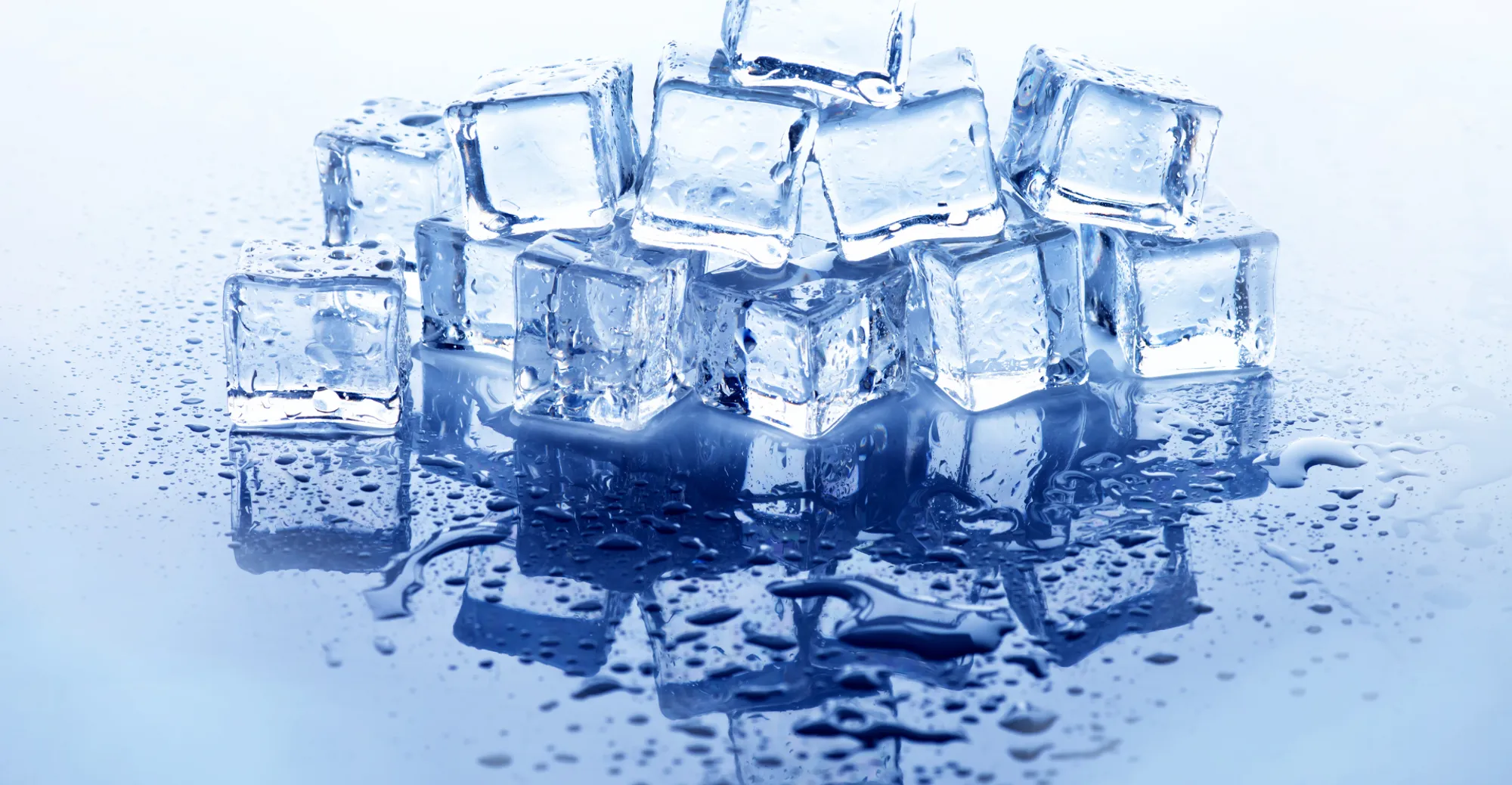
Are phase-changing materials the new revolution in HVAC technology?
Are phase-changing materials the new revolution in HVAC technology?
– by Paul Spoorenberg – 11/12/19
What is the future of HVAC technology? Air streams guided by magnetic fields? Nanotechnology regulating the body’s metabolism?
I set out to write a blog about a far-fetched future HVAC topic; something that hasn’t been invented yet but is realistic enough to become true one day – like video calls in old science fiction movies or tablets in vintage Star Trek episodes.
While brainstorming, we came across the topic of phase-changing materials (PCMs). A technology still in its infancy, PCMs have the potential to become a product with many applications…
What is a phase-changing material?
The technology behind PCMs is based on latent heat storage or enthalpy storage – the absorption of thermal energy needed to change the phase of a medium. There are two sorts of heat:
- Sensible heat;
- Latent heat.
Sensible heat is what you feel when the temperature simply rises or drops. Latent heat is the heat necessary to make a medium change its phase: for example, when ice changes into liquid water.

Changing the phase of a medium from solid to liquid requires a lot of thermal energy – much more than simply raising the temperature of a liquid or a solid.
What is the advantage of PCMs?
The usefulness of this principle to HVAC rests on the use of materials which change phase at a point close to room temperature, like 22°C. If the temperature rises, the PCM stores the thermal energy from the environment by changing the phase and becoming liquid.
When the temperature drops, for example during night time, the PCM solidifies again, releasing the energy stored during daytime and giving it back to the environment.
PCMs are ideal for flattening the peaks of the heat load. Cooling machines are dimensioned with enough capacity to handle the full heat load including temporary spikes. If another way is found to absorb the spikes, cooling machines can be made far smaller, which is more energy efficient and cost-effective.
How can PCMs be implemented?
There are various ways to implement PCMs within your vessel. An excellent location is the ceiling, where the large areas permit lots of thermal energy to be absorbed at the same time. Moreover, hot air is lighter than cold air so will rise. PCMs can also be deployed in the floor.
While these methods will work on commercial vessels, they don’t meet the standards of luxury yachts. But PCMs can also be used on transparent surfaces like windows. There is even a patent for car windows with PCM, although visibility remains an issue for the time being.
Conclusion
PCMs work as a thermal battery. They are a buffer that soften the peaks of heat loads by absorbing the thermal energy at a constant temperature. And, just like an electric battery, a PCM can release the stored energy, giving it back to the environment.
Like to know more about phase-changing materials? Download our whitepaper or ask one of our engineers.
Paul Spoorenberg | Sales Manager
Paul Spoorenberg has been working at H&H since 1994. During his career he gained valuable expertise in HVAC solutions for all kind of vessels in the Commercial, Offshore, Naval & Yacht segments.